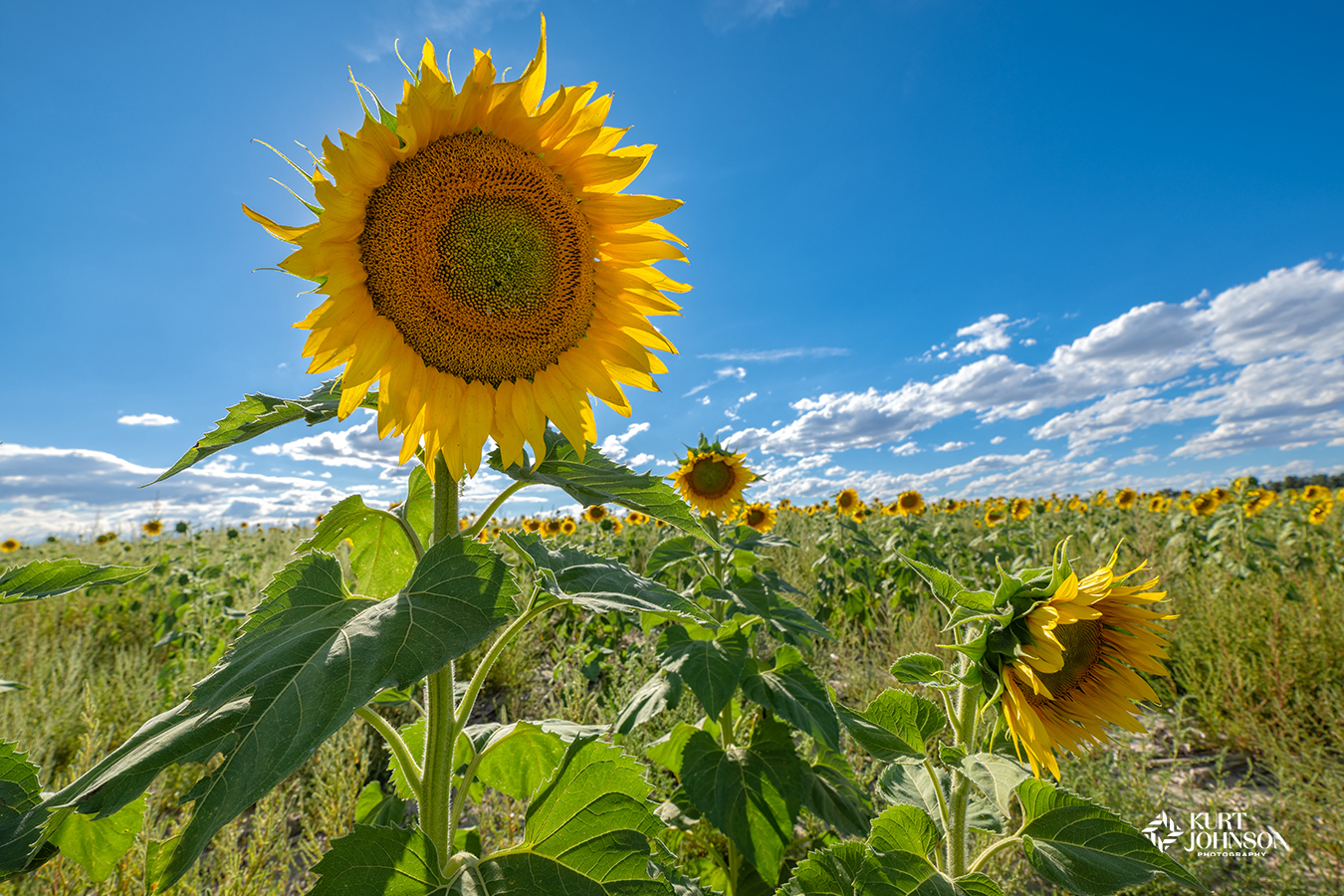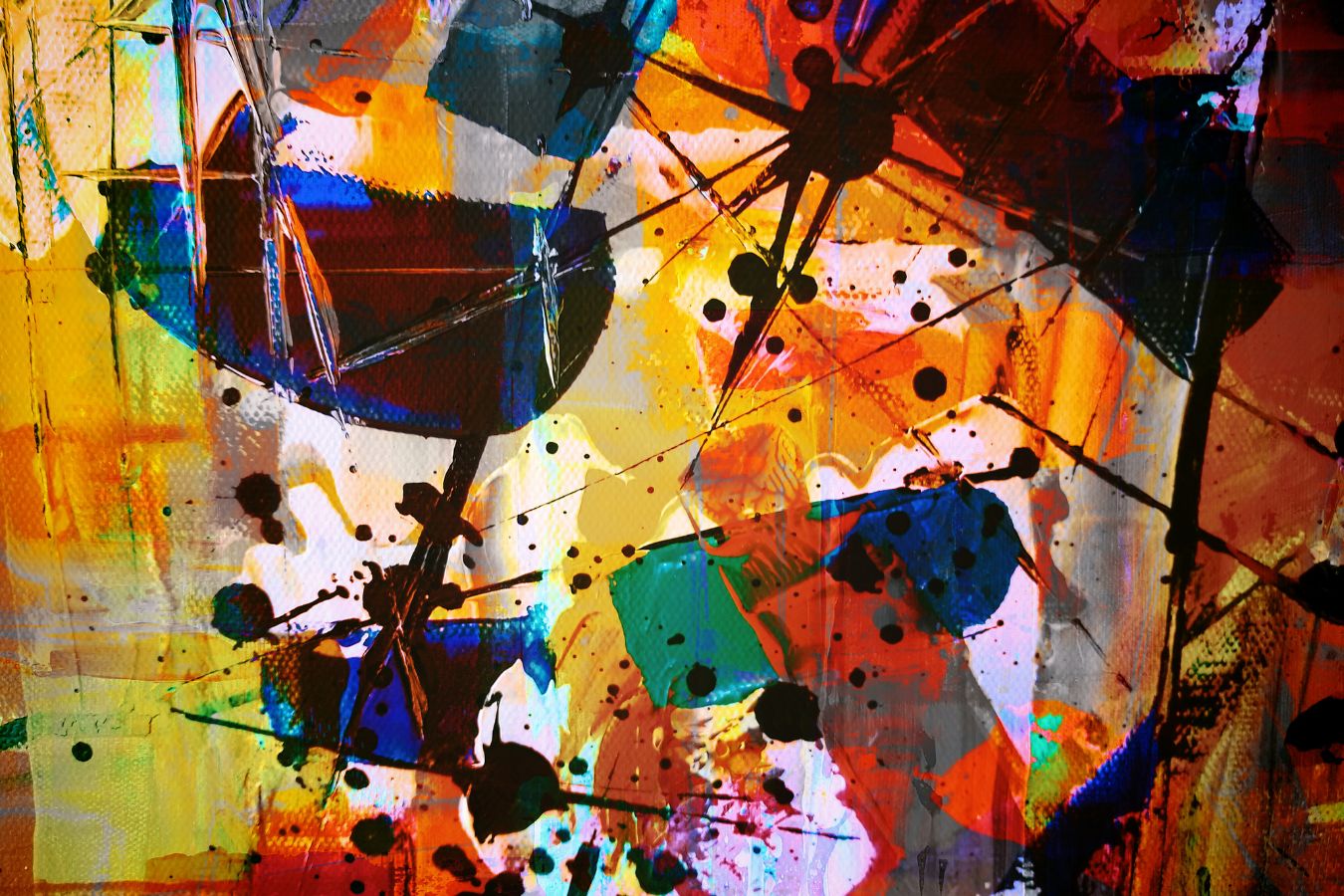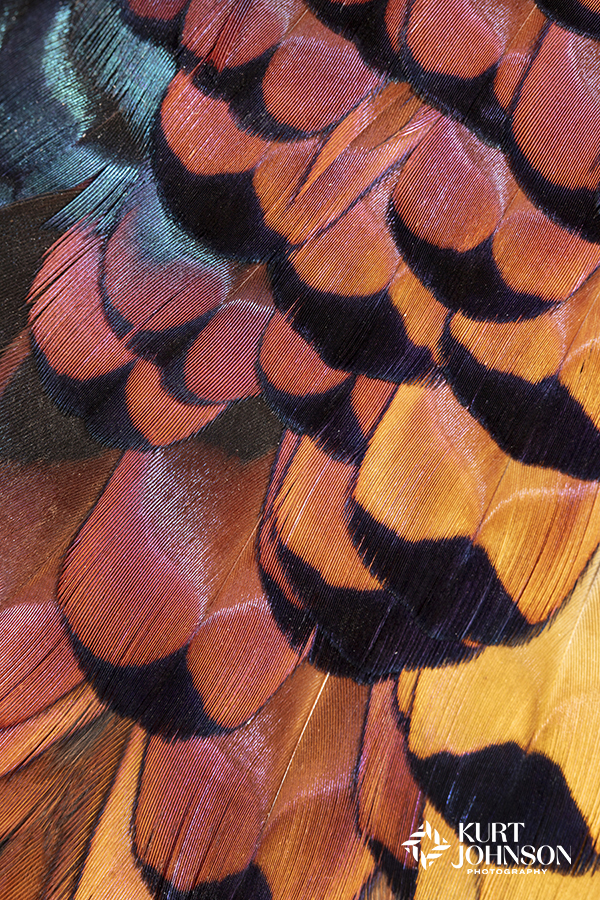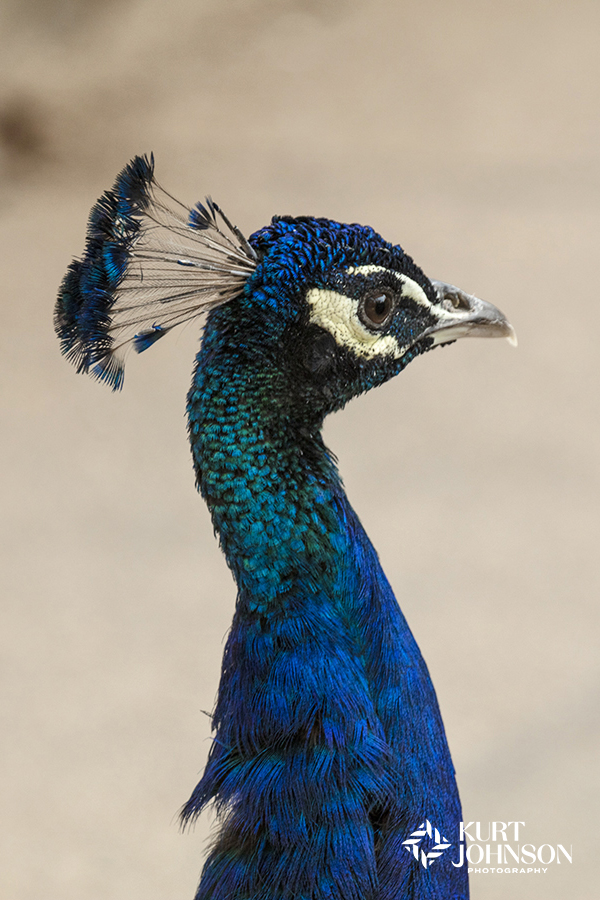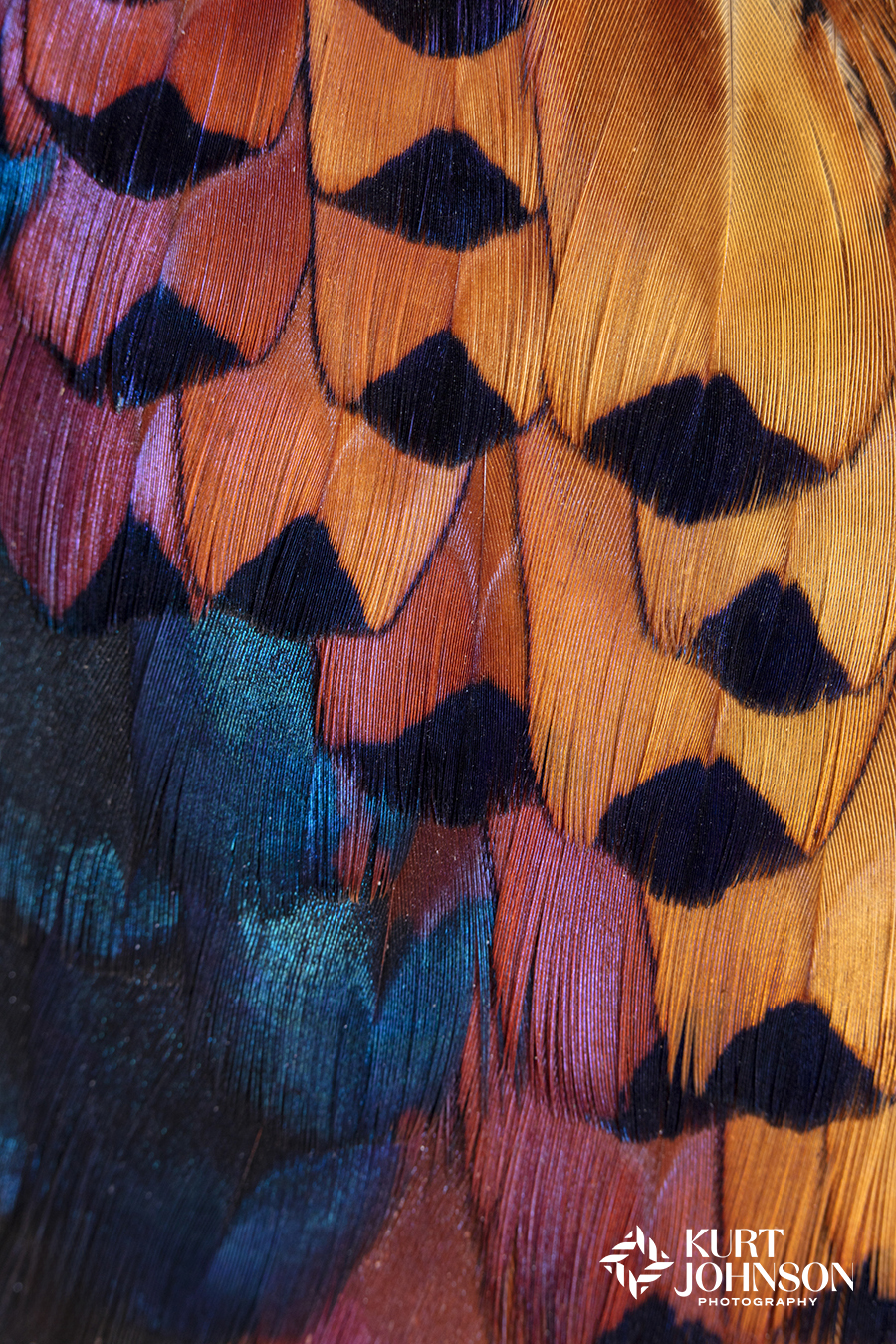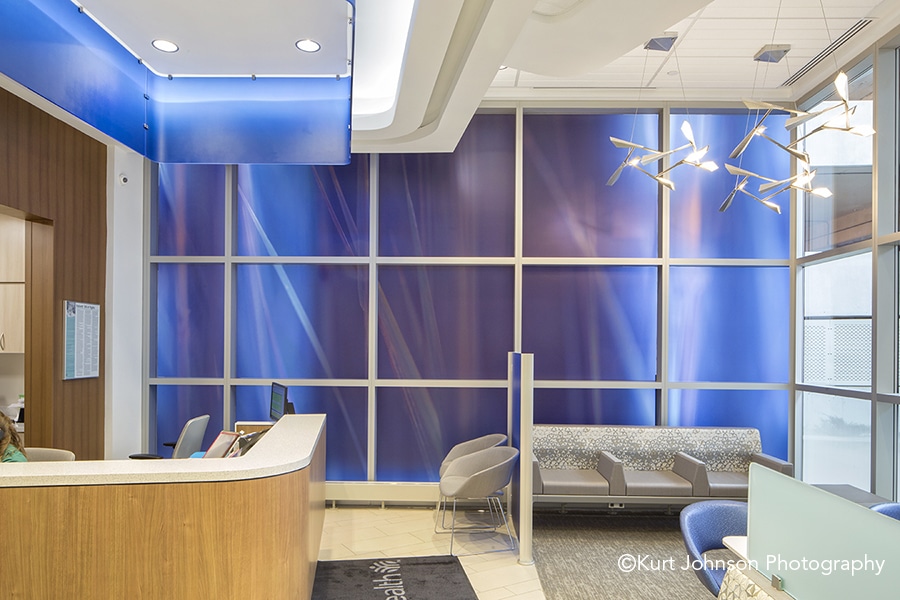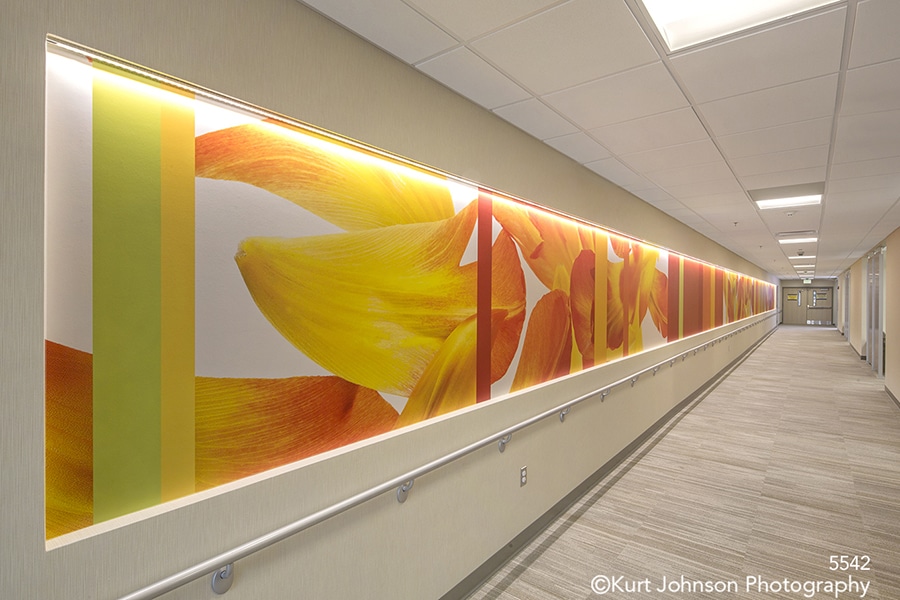Nature vs. Abstract Art: What Really Belongs on Healthcare Walls?
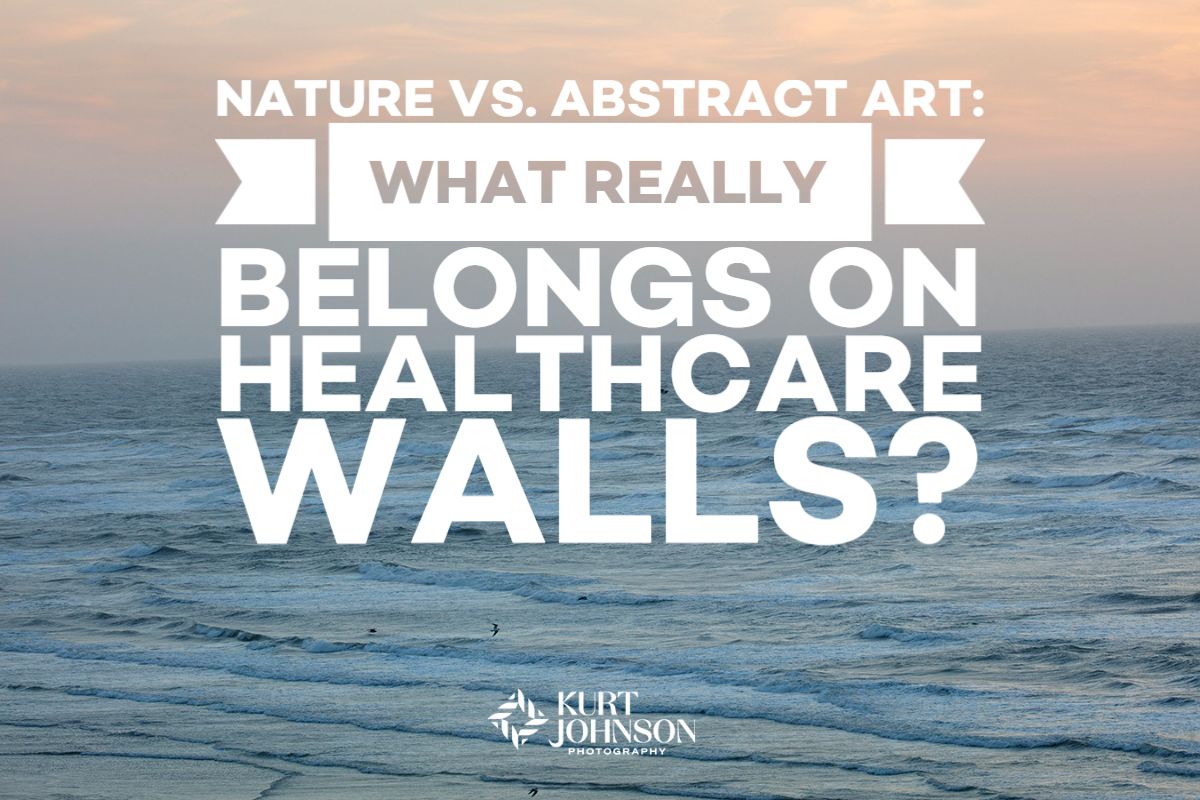
You probably already know that healthcare spaces do a lot more than just treat illness. They hold moments of fear, hope, healing, and everything in between. That’s why every healthcare environment matters, right down to the art that’s on the walls.
When it comes to designing healthcare environments, wall art can be a powerful tool for promoting healing, reducing stress, and creating a more positive experience for patients, families, and staff. So, what kind of art is best? Should it be calming nature imagery or bold, abstract shapes?
As a team that creates healing nature photography for hospitals, clinics, and care centers, we’ve spent a lot of time researching what kind of art helps people feel better. And nature art outperforms abstract art in nearly every way when it comes to supporting health and wellness.

Evidence-based design uses this research as a guide to design interiors that get the best outcomes. We’re talking mental and physical. Time and time again, nature art tops the list of design elements that make a measurable difference.
By using scientific research to guide decisions about what improves patient outcomes, you can get the most healing benefits for your healthcare environment. Research suggests nature images:
- Reduce stress and anxiety
- Lower heart rates and blood pressure
- Improve moods and emotional well-being
- Lead to faster recovery times
- Reduce the need for pain medications
That’s a pretty powerful list.
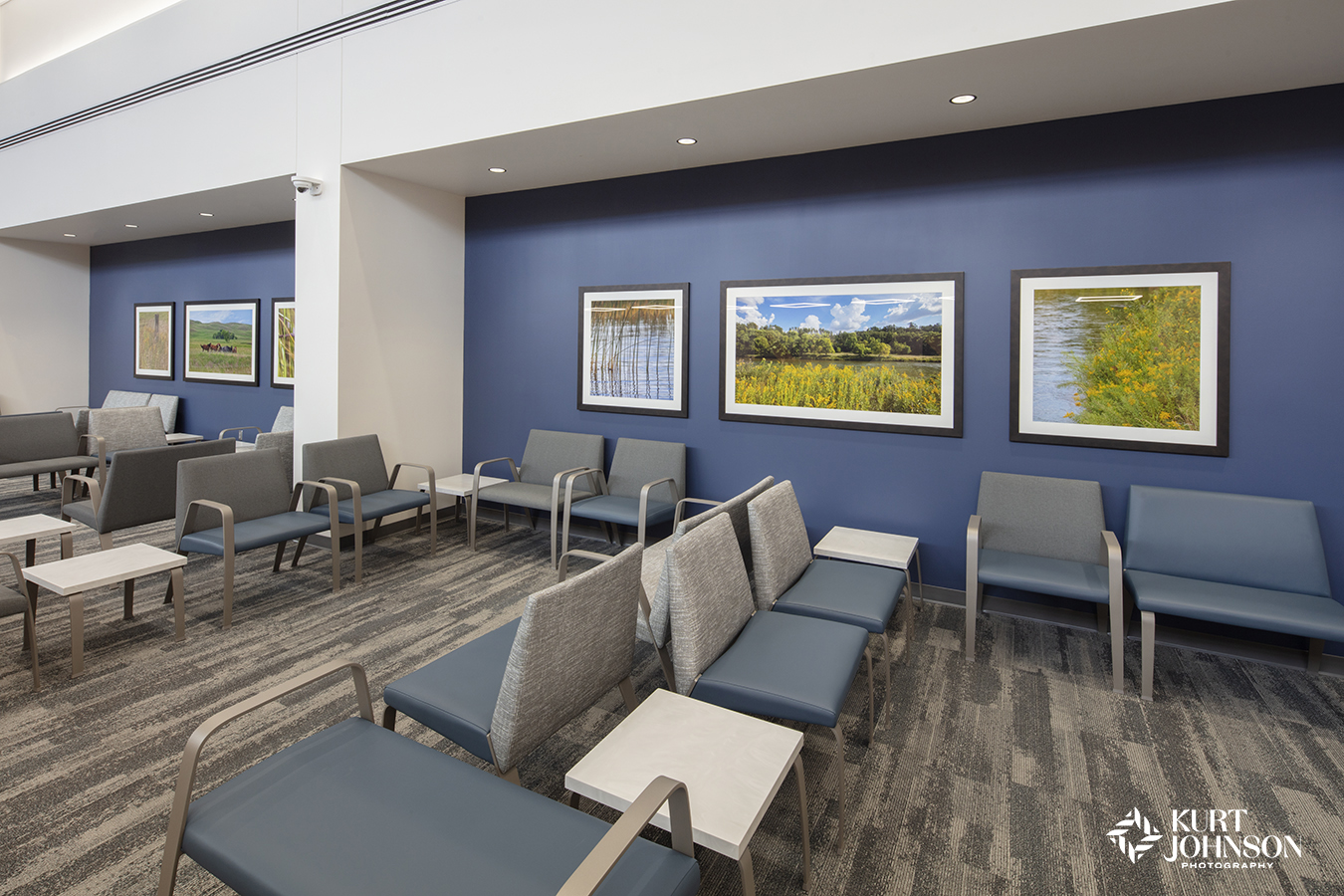
Researchers have found that patients instinctively respond to realistic nature scenes like those with trees, water, flowers, and skies because they’re familiar and comforting – they’re basically embedded in our DNA. As one study puts it:
“Aesthetic experience of nature views is also easier for patients with cognitive impairment by stressful events, because nature views are easy to understand due to their familiarity” (Fudickar et al., 2021, Wiener Medizinische Wochenschrift [Vienna Medical Weekly]).
That sense of familiarity and emotional safety is key, especially in places where people are vulnerable or feeling overwhelmed and afraid (which are, unfortunately, usually prerequisites for ending up in an ER/doctor’s office).
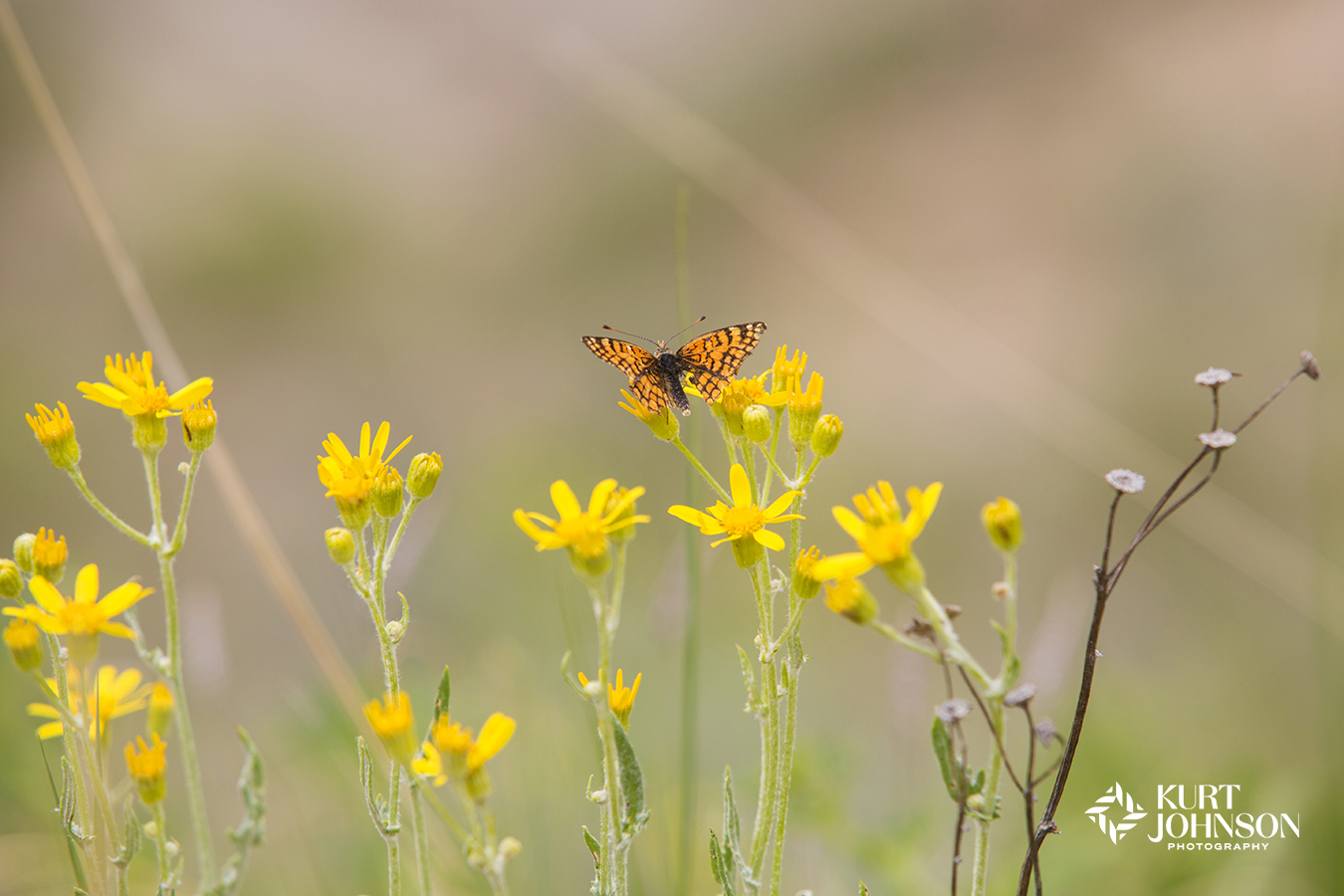
So, you might be wondering, what about abstract art? Can’t that be uplifting too? While abstract art has a place in creative design, it comes with risks in medical environments, especially in high-stress spaces. Studies warn that non-representational art can trigger unpredictable emotional reactions. For patients under stress or facing illness, ambiguous imagery, like abstract art, may increase anxiety, especially in mental health settings or patient rooms:
“Abstract pictures with negative or undefined contents could trigger or enhance negative emotions in viewers under difficult life conditions” (Fudickar et al., 2021).

Abstract or non-representational art is open to interpretation. And when someone is under stress or in pain, that ambiguity can be more unsettling than soothing. In one psychiatric facility, researchers observed this effect firsthand:
“…the ratio of PRN/patient census was significantly lower on the days when a realistic nature photograph was displayed … Nurses reported that some patients displayed agitated behavior in response to the abstract image” (Nanda et al., 2011, Journal of Psychiatric and Mental Health Nursing).
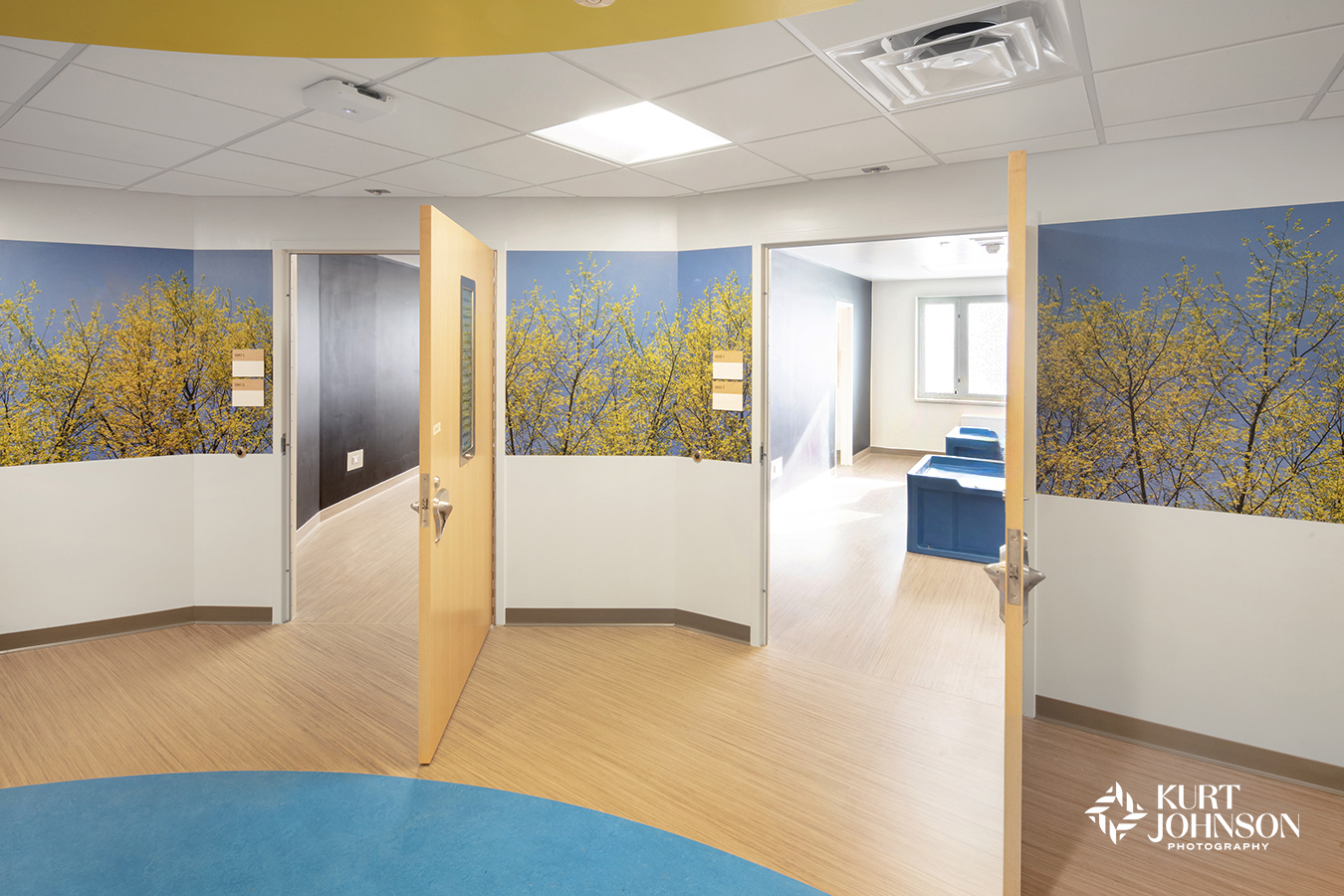
Allina Health Mental Health in MN.
It’s not that abstract art is bad, it’s just that, in healthcare environments, it doesn’t always land the way you think. Another article put it this way:
“Patients who are acutely stressed should be especially vulnerable to reacting negatively when art is abstract or ambiguous… caution should be used when considering abstract art for patient spaces where stress is a problem” (Nanda et al., 2011). And when isn’t stress a concern when you’re dealing with a healthcare environment?

That said, there are some situations where abstract art can work, such as public areas like lobbies or waiting rooms. When carefully selected, think bright, uplifting colors and soft lines, abstract art can sometimes “facilitate patients’ memories, thoughts and feelings” (Fudickar et al., 2021).
But these cases are the exception, not the rule. And they still don’t match the consistent, cross-generational appeal of nature scenes. If your goal is to create a reliably calming, restorative atmosphere, nature photography is a better choice in healthcare spaces where patients are vulnerable and trying to heal.
Want the best of both worlds? Try incorporating natural textures – on their own or alongside more recognizable nature imagery. Organic patterns found in nature have a way of pulling people in without overwhelming them. They’re calming, visually rich, and easy to process, unlike some abstract designs that can leave viewers feeling unsettled.
In fact, images featuring nature’s fractal patterns have been shown to support healing and reduce stress. Curious why we’re so drawn to them? We break it all down here.

Children’s Nebraska in West Omaha.
Nature-based art isn’t just a hit with adults. Kids love nature art too. In pediatric care environments, children consistently prefer bright, cheerful nature images, too. One study explains:
“Children highly rate nature images with bright colors, water features, and nonthreatening wildlife” (Eisen, 2005).

So, whether you’re designing for adults, kids, or older adults, nature imagery is one of the few visual languages that speaks to everyone. When choosing between nature and abstract art for healthcare, the research is clear (and so is the emotional impact). Nature art just makes sense. It’s inclusive, familiar, easy to understand, and backed by decades of research. It’s more likely to support healing across all kinds of patient populations, and it doesn’t ask patients to interpret or analyze. It simply offers peace.
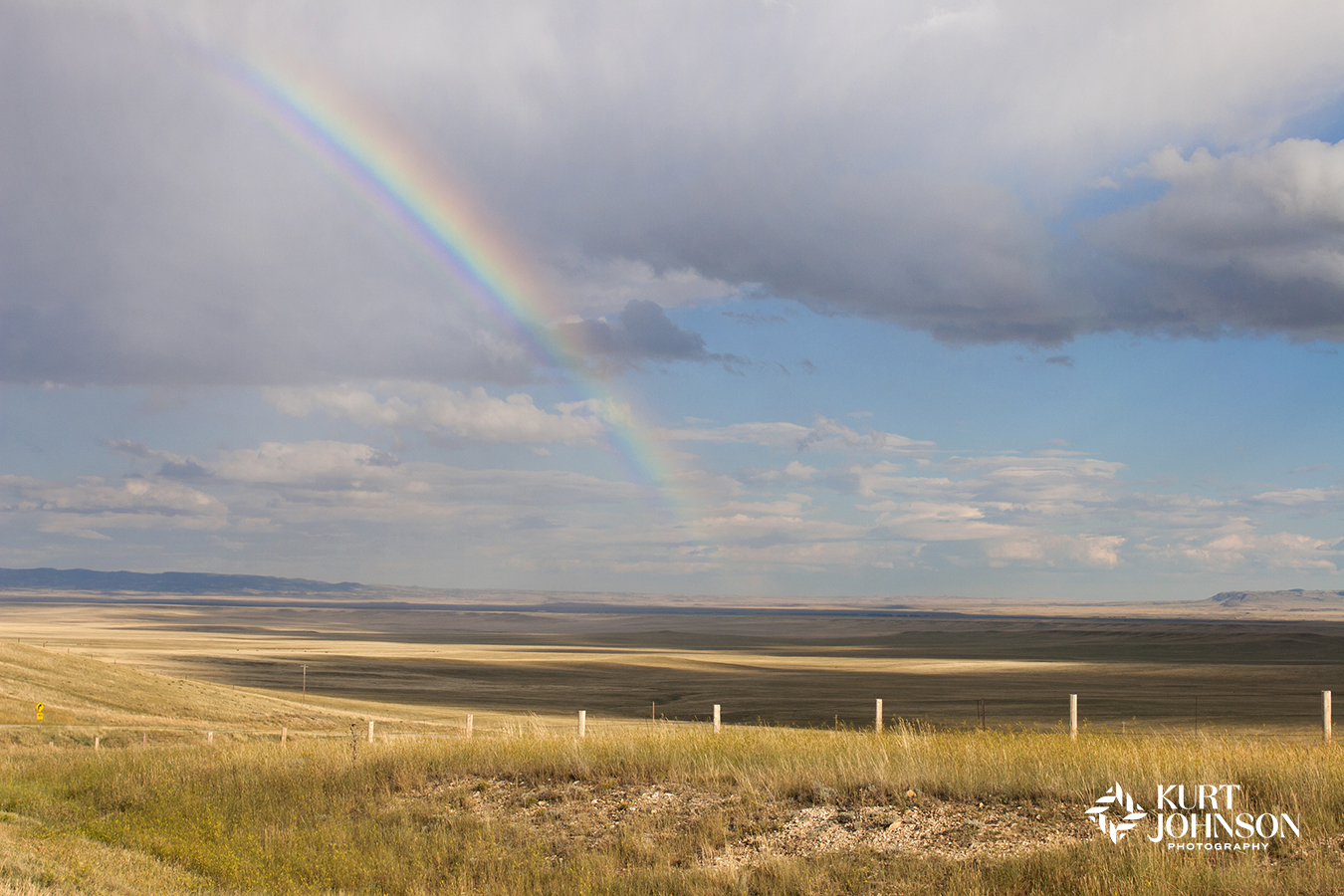
Studies from Ulrich, Nanda, Hathorn, Eisen, and others consistently show that nature photography helps reduce anxiety, agitation, and pain while creating a supportive and hopeful environment for healing.
And that’s why we do what we do – to bring nature indoors, into the places where people need it most.
We create custom nature photography for hospitals, clinics, medical offices, mother-baby centers, pediatrics, senior living, and mental health facilities, carefully chosen and placed to align with evidence-based design and your unique brand and vision to maximize healing.

UNMC’s Munroe-Meyer Institute in Omaha, NE.
If you’re working on a project and wondering how to bring warmth, calm, and meaning into the environment, we’d love to help. Let’s turn your walls into something more than decoration. Let’s make them a source of healing. Invest in your walls. The payback will be tenfold. We promise.
Contact us to request sample images, start a custom project, or just ask a few questions. We’re ready whenever you are!
Categories: Healing, Healthcare, Research
